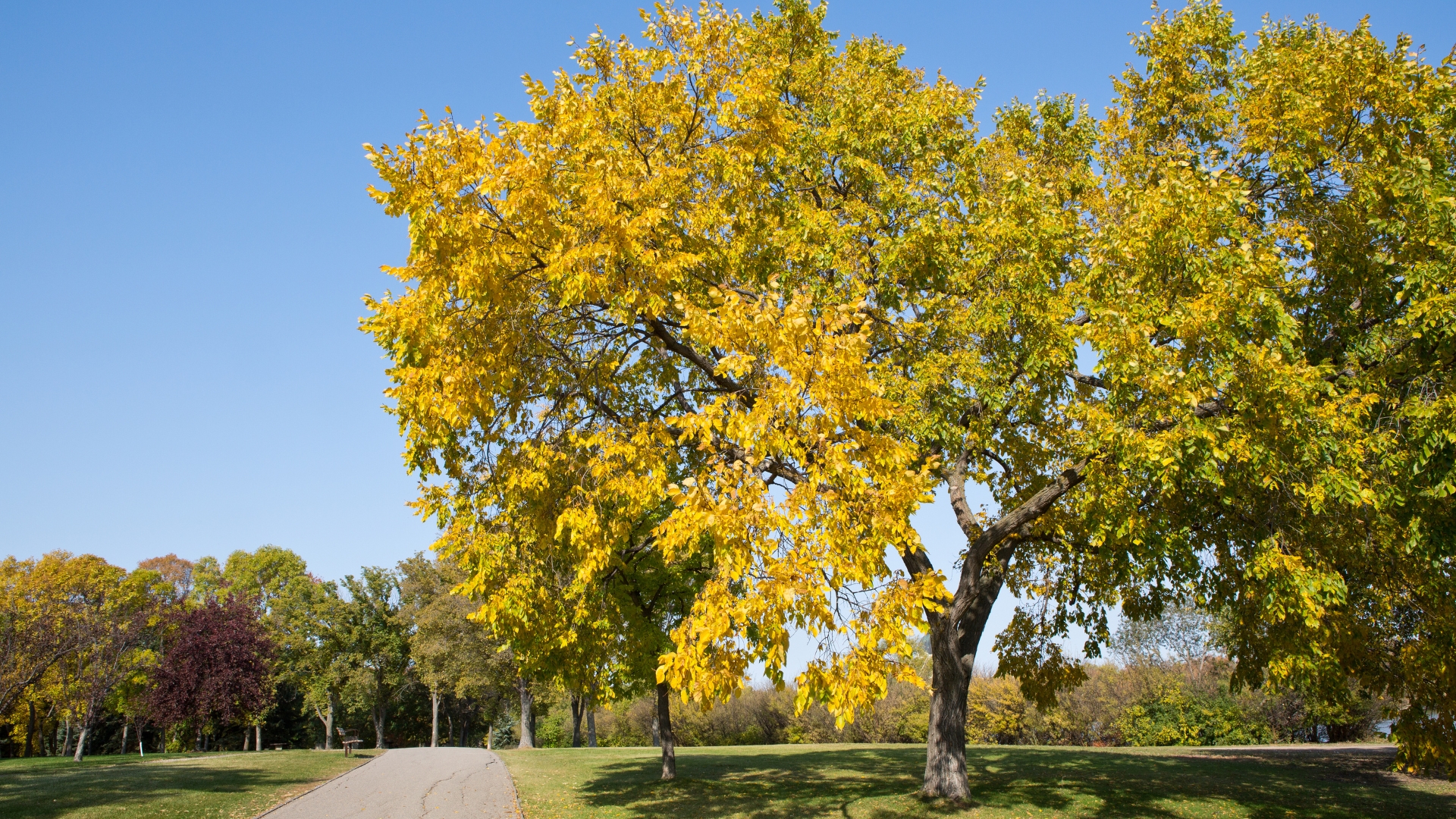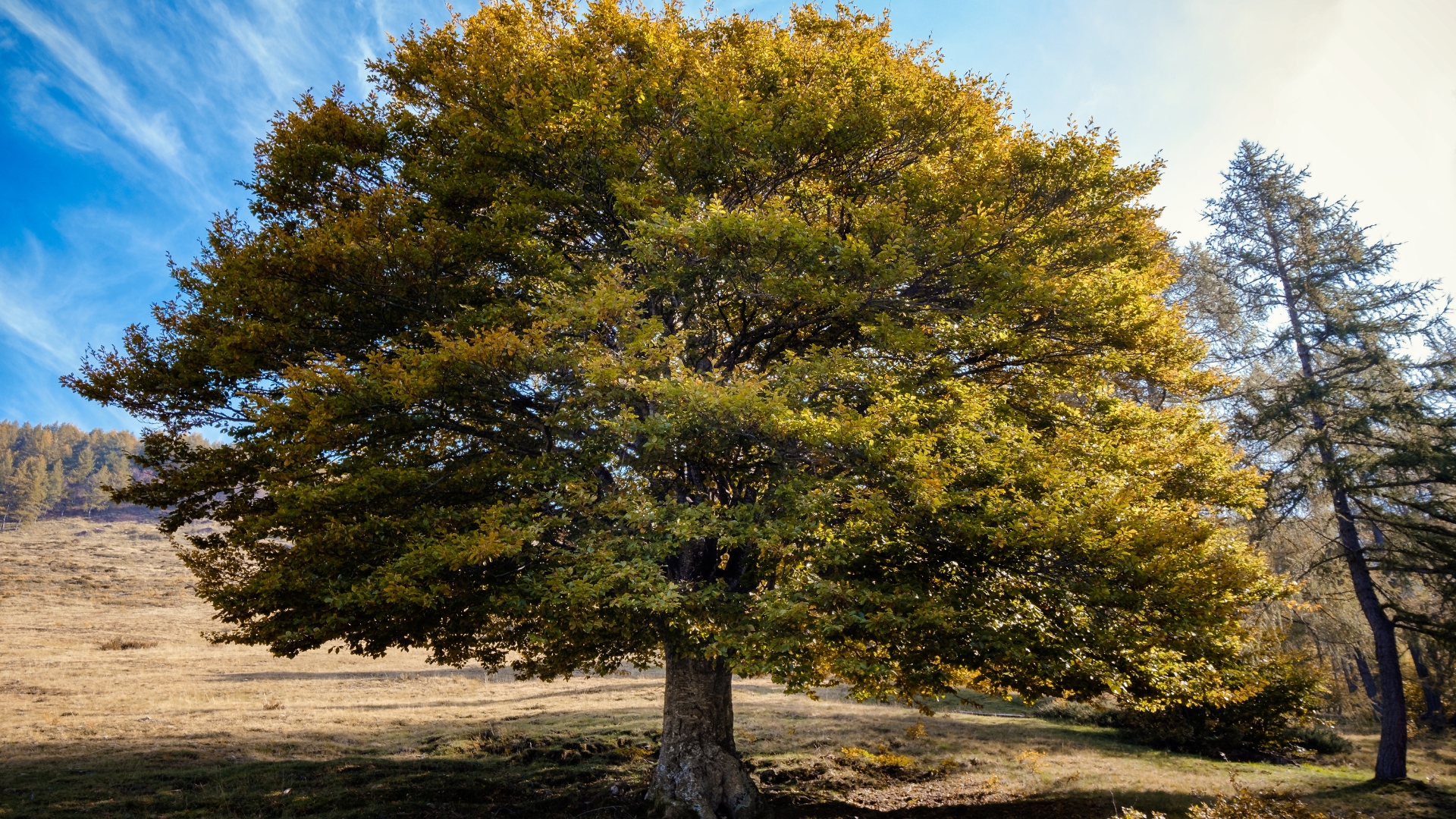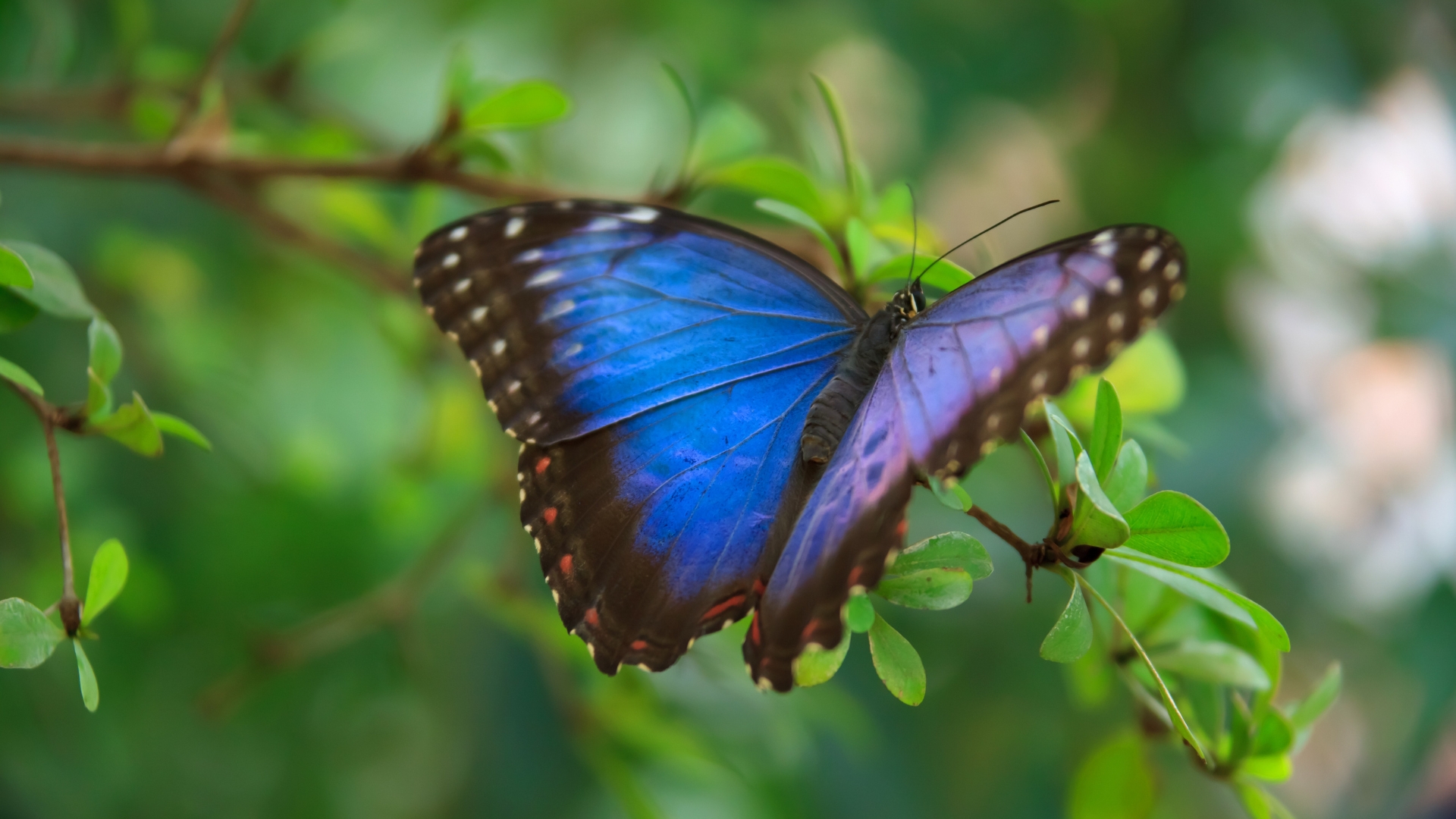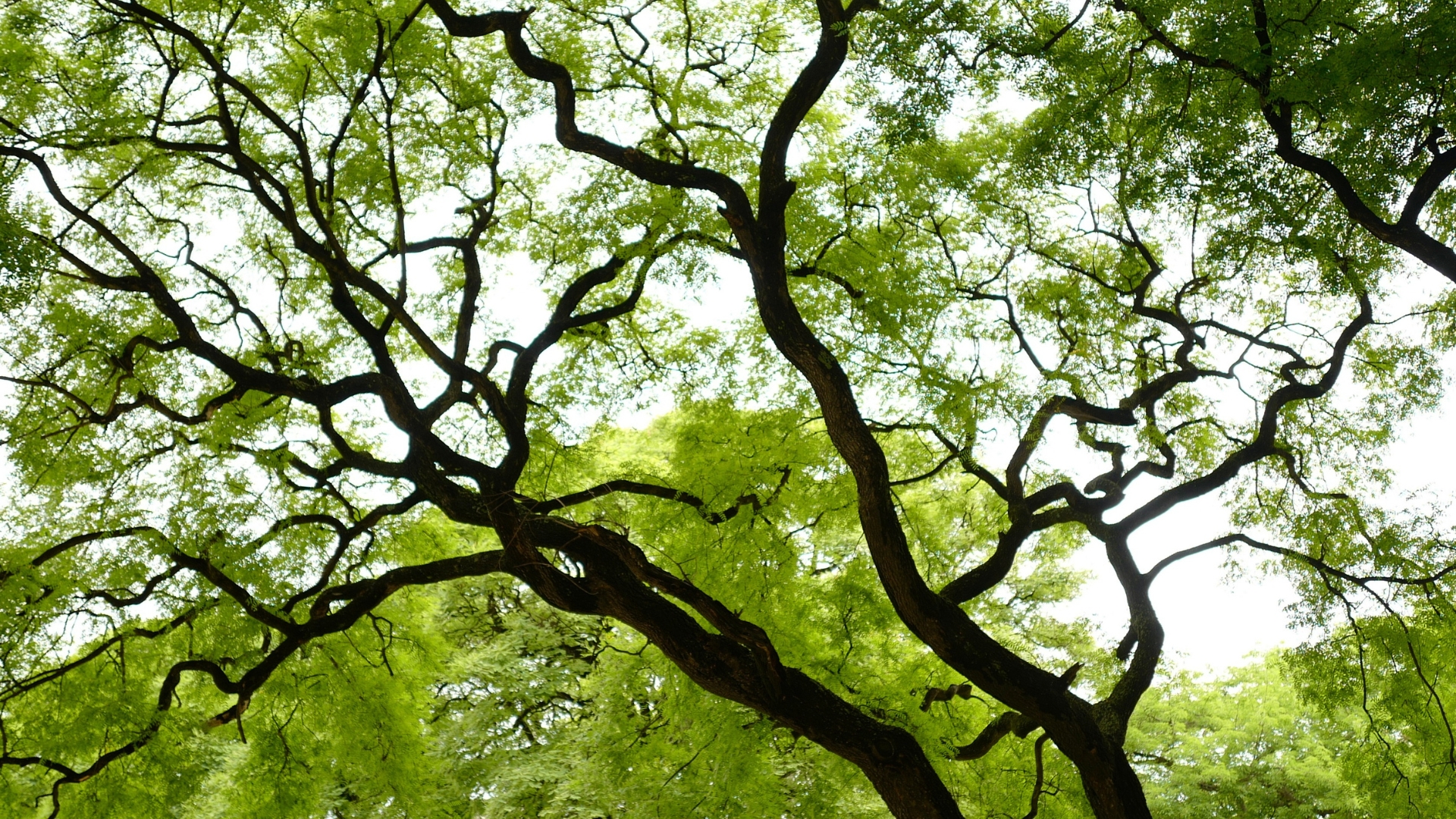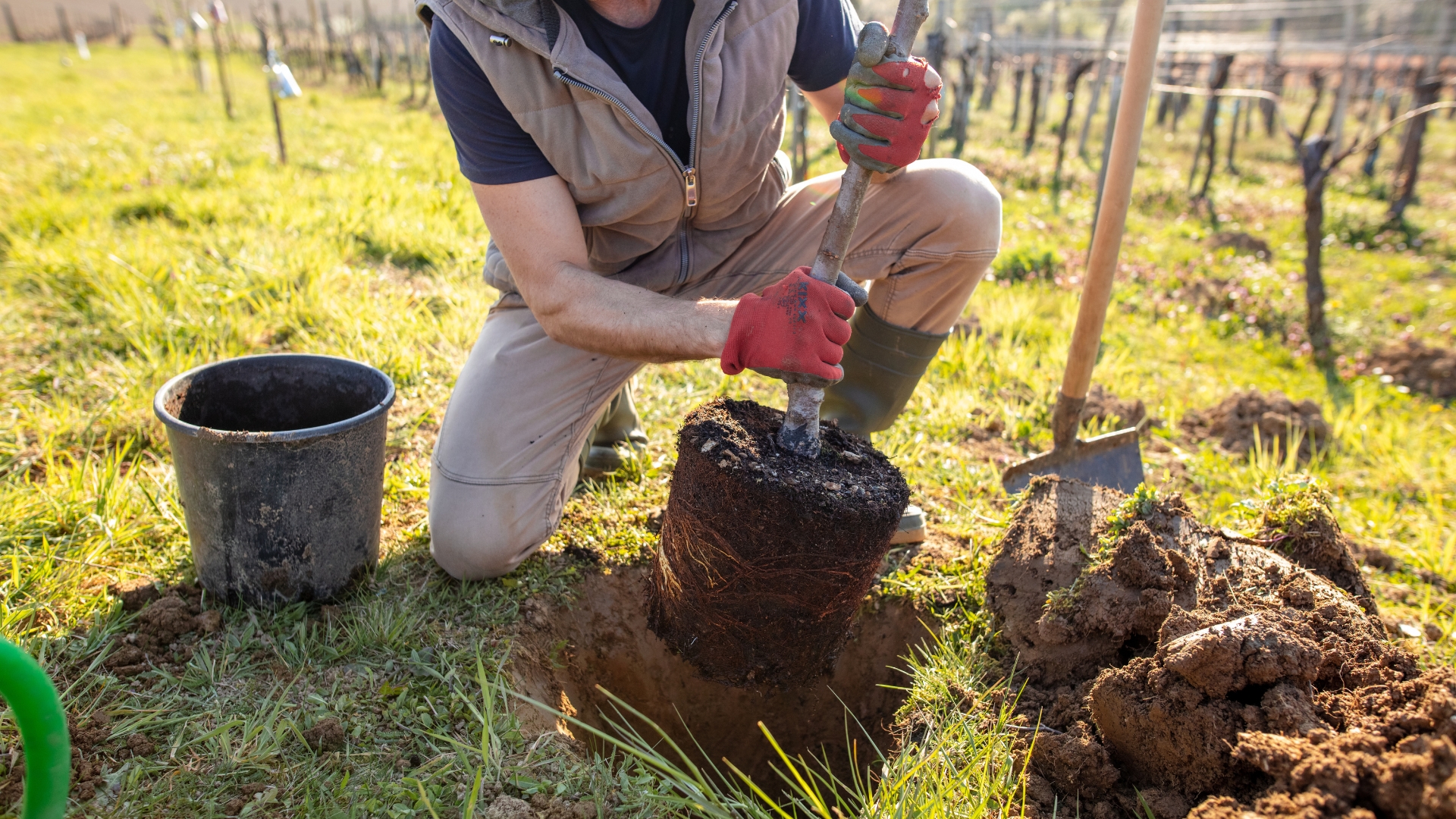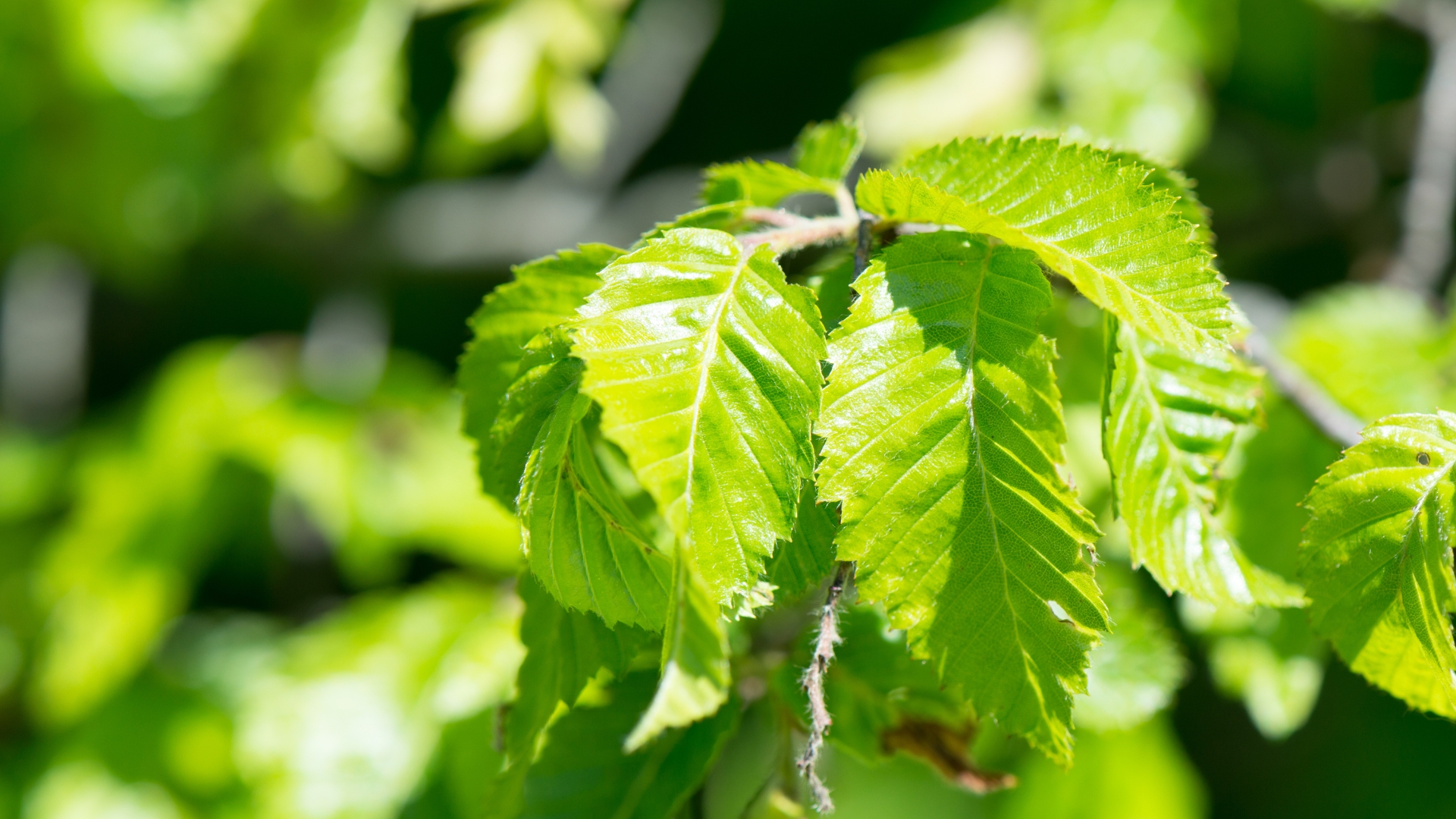Some trees are more than just shade providers—they’re living legends. The American elm has a deep-rooted place in history, but Dutch elm disease has nearly wiped it from our landscapes.
While cities have lost thousands of these iconic trees, homeowners like you can play a role in their comeback.
Planting an elm in your yard helps bring back a species in decline, provides a haven for butterflies, and preserves a piece of America’s natural heritage.
What Are Elm Trees?
Some trees come and go, but elms have been standing strong for centuries.
Native to North America, Europe, and Asia, these stately trees are easy to recognize by their tall, spreading branches and signature vase-like silhouette.
They grow 60 to 100 feet high, offering dense shade and a striking presence. Their dark green, serrated leaves give way to brilliant golden hues in fall, making them a stunning feature in any season.
Beyond their beauty, elms are known for their hardiness and ability to adapt to different environments.
Why Butterflies Love It?
If you’re looking for a tree that brings nature to life, elms are the perfect choice. Butterflies like the Mourning Cloak, Question Mark, and Eastern Comma lay their eggs on elm leaves, ensuring the next generation of pollinators thrives.
Once caterpillars emerge, they feed on the foliage before transforming into beautiful butterflies.
But the benefits don’t stop there—songbirds such as robins, chickadees, and warblers flock to elm trees for food, shelter, and nesting sites. With an elm in your yard, you won’t just have shade—you’ll have a buzzing, fluttering, and singing ecosystem.
How Do They Honor American History
Elm trees aren’t just beautiful and beneficial—they’re woven into the fabric of American history.
Native American tribes valued elms for their strong, flexible wood, using it for canoes, tools, and shelter, while early settlers recognized its resilience and planted it along city streets and town squares.
Even Henry David Thoreau, the great naturalist and writer, admired the elm’s grace and endurance, often referencing its beauty in his writings.
These trees have stood as silent witnesses to centuries of American life, from indigenous traditions to literary inspiration, making them a living tribute to the nation’s past.
Here’s How To Plant An Elm Tree
A towering elm may seem like it’s stood forever, but even the strongest tree starts with careful planting.
Elms need the right soil, proper spacing, and a strong foundation to thrive. Choosing a sunny, well-drained location is key, as is ensuring ample room for its roots and canopy to spread.
The depth of your planting hole, the way you position the sapling, and even the initial watering can make or break its long-term health.
Done right, you’re not just planting a tree—you’re starting a legacy that could last for generations.
Follow These Tips To Make It Thrive
A healthy elm tree starts with good habits, and the right balance of watering, feeding, and pruning keeps it strong and vibrant for years to come.
Deep, infrequent watering encourages roots to grow downward rather than spreading shallowly, helping the tree withstand dry conditions.
A well-timed dose of slow-release fertilizer in early spring provides essential nutrients for steady, lush growth, while pruning maintains its graceful shape and prevents weak limbs from breaking during storms.
With just a little effort, your elm will grow into a resilient, towering presence, rewarding you with decades of shade, beauty, and strength.

